If you’ve been shopping for a new TV, you might have come across models that feature “full-array local dimming.” This technology helps improve the picture quality by increasing the contrast ratio of the movies and TV shows you watch. Here’s everything you need to know about what local dimming is, how it works, and if it’s really worth it.
How Do LED TVs Work?
In order to understand what full-array local dimming is, you first have to understand a little about how TVs work. Currently, the majority of TVs on the market are LED (light-emitting diode) TVs, which means they use tiny LED lights that shine light through filters to produce images.
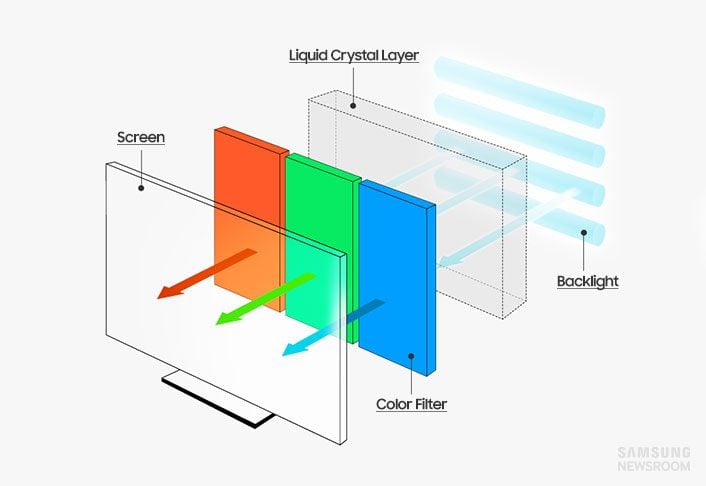
One of the most important filters in a TV is the LCD (liquid crystal display) panel, which opens and closes to let a certain amount of light shine through at the pixel level. However, even when the LCD panel is fully closed, it can’t block out all the light from the LEDs.
Because of this, LCD TVs usually have a low contrast ratio, which is the range between the lightest parts of an image and the darkest parts of an image a TV can display. With a low contrast, blacks won’t be dark as they should be, colors won’t be vivid, and the entire image will look “washed out.”
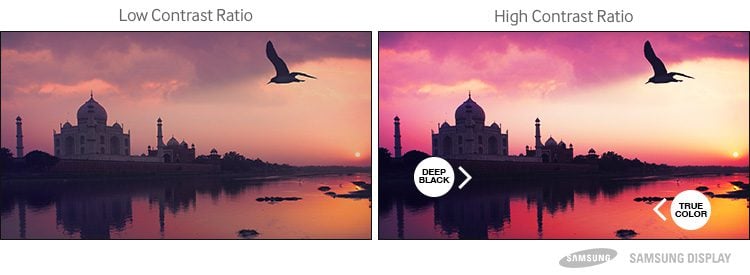
Since contrast is so important, TV manufacturers have added a feature called “local dimming” to improve the picture quality of LED TVs.
What Is Local Dimming?
Local dimming is a technology that divides a TV’s LED backlights into “zones,” each of which can be dimmed individually (or “locally.”) The LED zones behind the darkest parts of the image can be dimmed to make the blacks look deeper, while the LEDs behind the brightest parts of the image can be turned up.
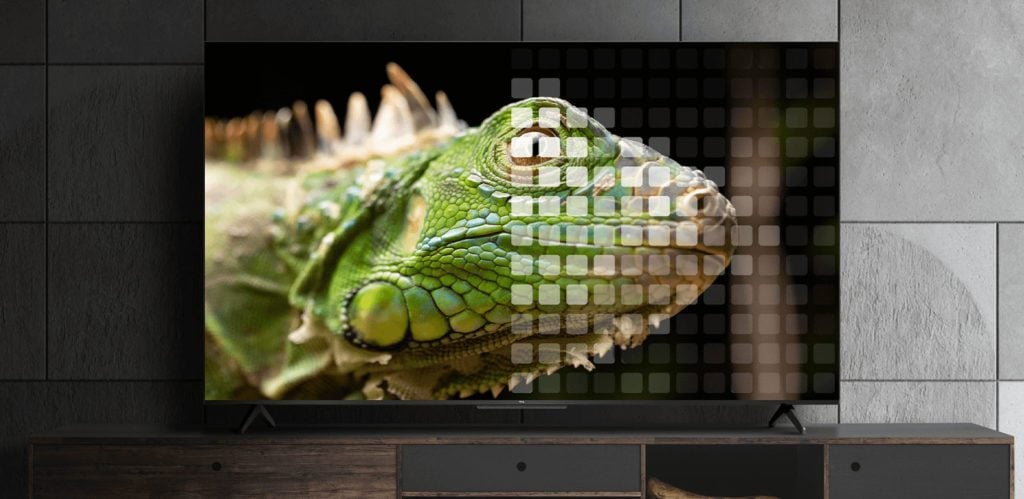
While local dimming does improve the contrast ratio of LED TVs, it is much more noticeable if you’re watching movies in a dark room. In bright rooms, the light bouncing off your screen will already make the blacks appear fairly dark. But, since local dimming also increases the brightness of highlights, HDR (high-dynamic range) content will look better as well.
Read More: What is HDR, and what does it do?
However, not all LED TVs are created equal. In fact, local dimming could actually end up making the picture quality look worse, depending on what kind of LED TV you have.
Edge-Lit vs Full-Array Local Dimming
Edge-lit TVs have a row of LED lights on the top, bottom, or sides, while full-array TVs have LEDs lights spread out behind the screen in a grid pattern. While edge-lit TVs can be lighter and thinner, they don’t get as bright as full-array TVs. Plus, full-array TVs are much better at handling local dimming.
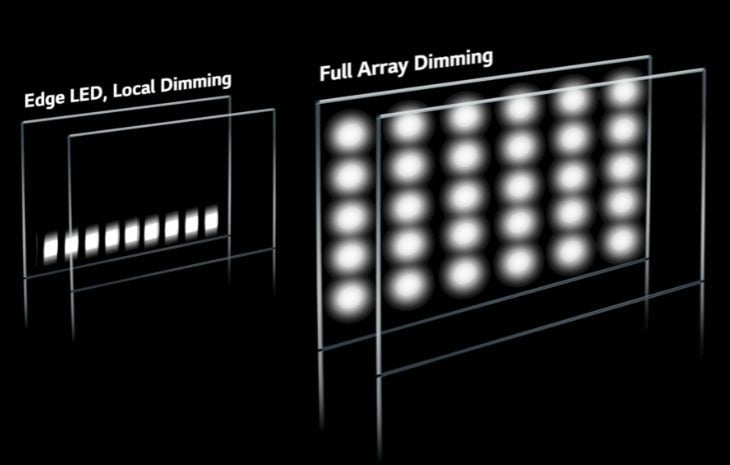
Since edge-lit TVs have all the LED lights on the side of the screen, turning on local dimming can create long streaks of light around the brightest parts of an image. With more LED lights spread out behind the screen, Full-array TVs will have much more precise dimming zones, so they won’t cause light to “bloom” around the brightest objects as much.
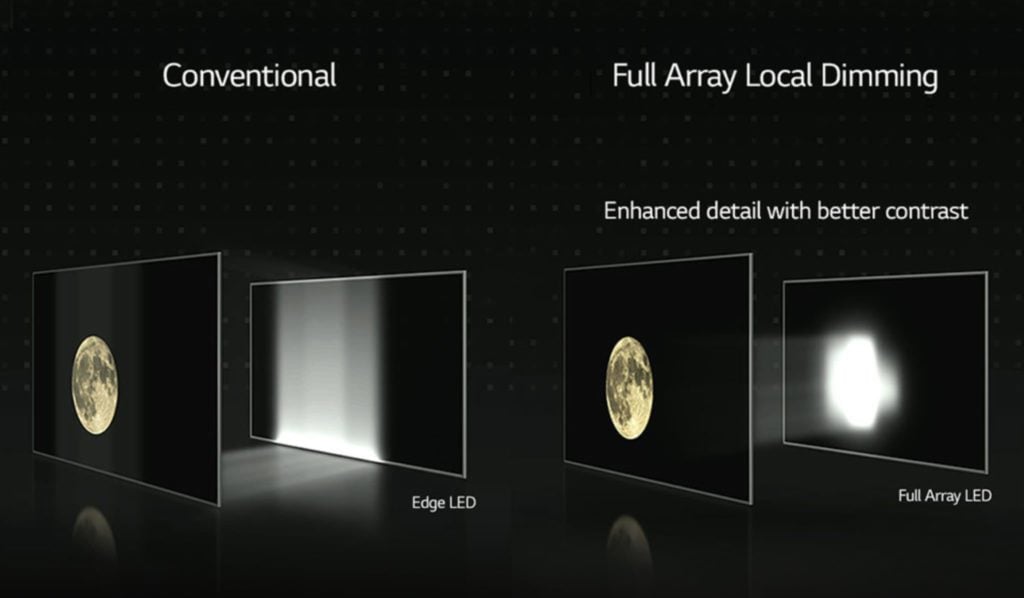
The more local dimming zones a TV has, the smaller each one will be. This means each dimming zone can be more precise, which helps reduce the blooming effect and improves the overall contrast ratio.
Aside from blooming, local dimming can also cause other problems, including “black crush.” This happens when the feature makes the dark parts of an image look even darker, which makes it hard to see details in a dark image.
Do Mini-LED TVs Need Local Dimming?
In order to have more control over the backlights, TV manufacturers started making them smaller with Mini-LED TVs. While regular LEDs are usually around 1,000 microns (or 0.04 inches), mini-LEDs are about 200 microns (or 0.02 inches). This allows the TV to have more local dimming zones, which gives them a better contrast ratio.
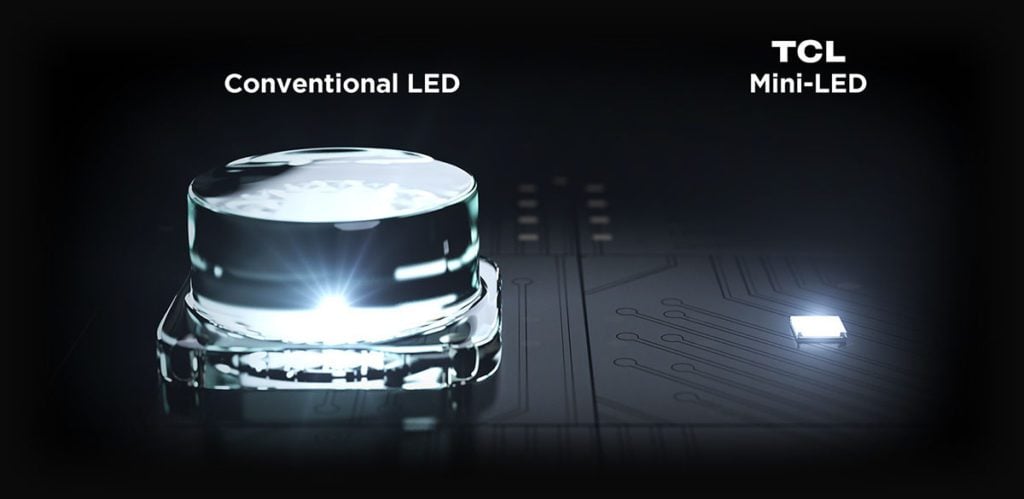
Mini-LED TVs are a good example of why local dimming is needed. For example, LG recently announced new Mini-LED TVs that have 30,000 LED lights but only 2,500 dimming zones. That means the TV combines around 10 LEDs in every dimming zone.
Do OLED TVs Have Local Dimming?
Unlike traditional LED TVs, OLED (organic light-emitting diode) TVs can control each pixel individually. This means the pixels can be turned off completely in dark scenes, giving you the deepest blacks and a nearly perfect contrast ratio. So, OLED TVs don’t need dimming zones because each pixel basically acts as its own local dimming zone.
Read More: LED vs QLED vs OLED
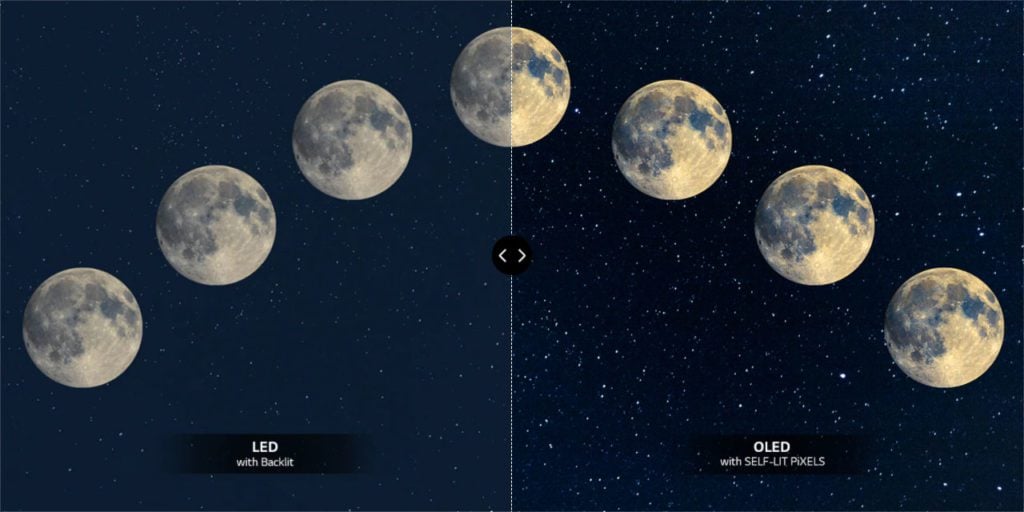
However, OLED TVs also have a burn-in risk, and they don’t get very bright, which is why some TV manufacturers are starting to make micro-LED TVs. These brand-new models have LED lights that are smaller than the size of a pixel because they need a red, blue, and green LED for each pixel. So, that means a 4K TV would need almost 25 million LED lights, which is one reason these models are so expensive currently.
Is Local Dimming Worth It?
If you want the best picture quality, and you’re not willing to splurge on an OLED or micro-LED TV, local dimming will almost always be worth it in the long run. In fact, some LED TVs have so many local dimming zones that they are almost indistinguishable from OLED TVs.
Plus, if you don’t like the local dimming feature, you can always turn it off by going into the settings of your TV.
How Many Local Dimming Zones Do You Need?
These days, TVs can come with dozens or thousands of local dimming zones. However, a TV with hundreds of local dimming zones will probably give you the best value for your money. It is also important to remember that the bigger your TV is, the more dimming zones it will need.
To find out how good a TV’s dimming feature is, you can use the starfield test. Then look at the area around each star for any light blooming onto the night’s sky. If you look close enough, you might even be able to see squares of light around the stars, which will show you how big your dimming zones are.

Also, local dimming can cause issues with motion when a bright object moves across a dark background. This is because the LED zones might not be able to turn on and off quickly enough, which will leave a trail of light behind the object. You can use this test to see how fast your local dimming feature is.
Now that you know what full-array dimming zones are, take our short quiz to find the best smart TV for your home theater setup.
HelloTech editors choose the products and services we write about. When you buy through our links, we may earn a commission.



